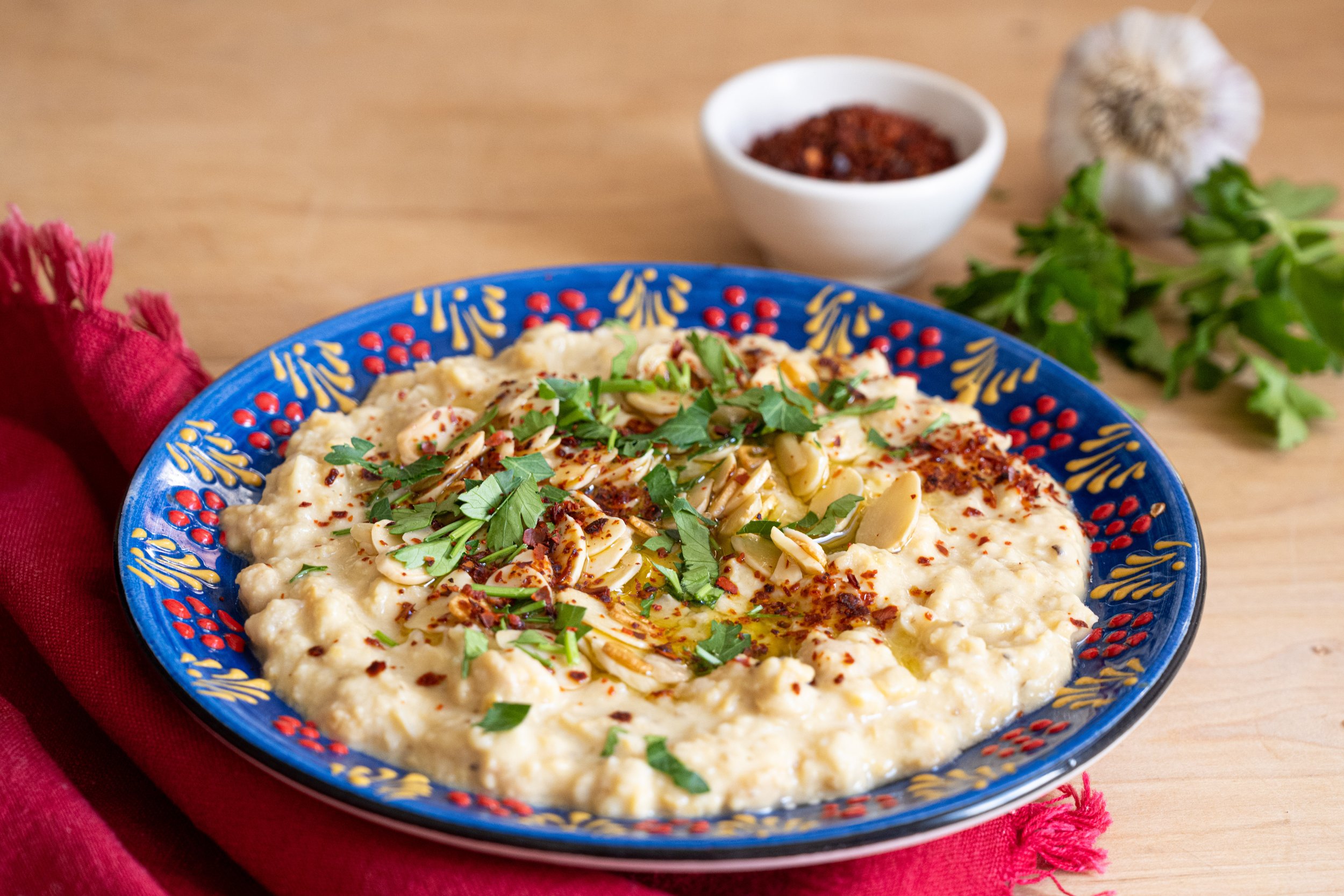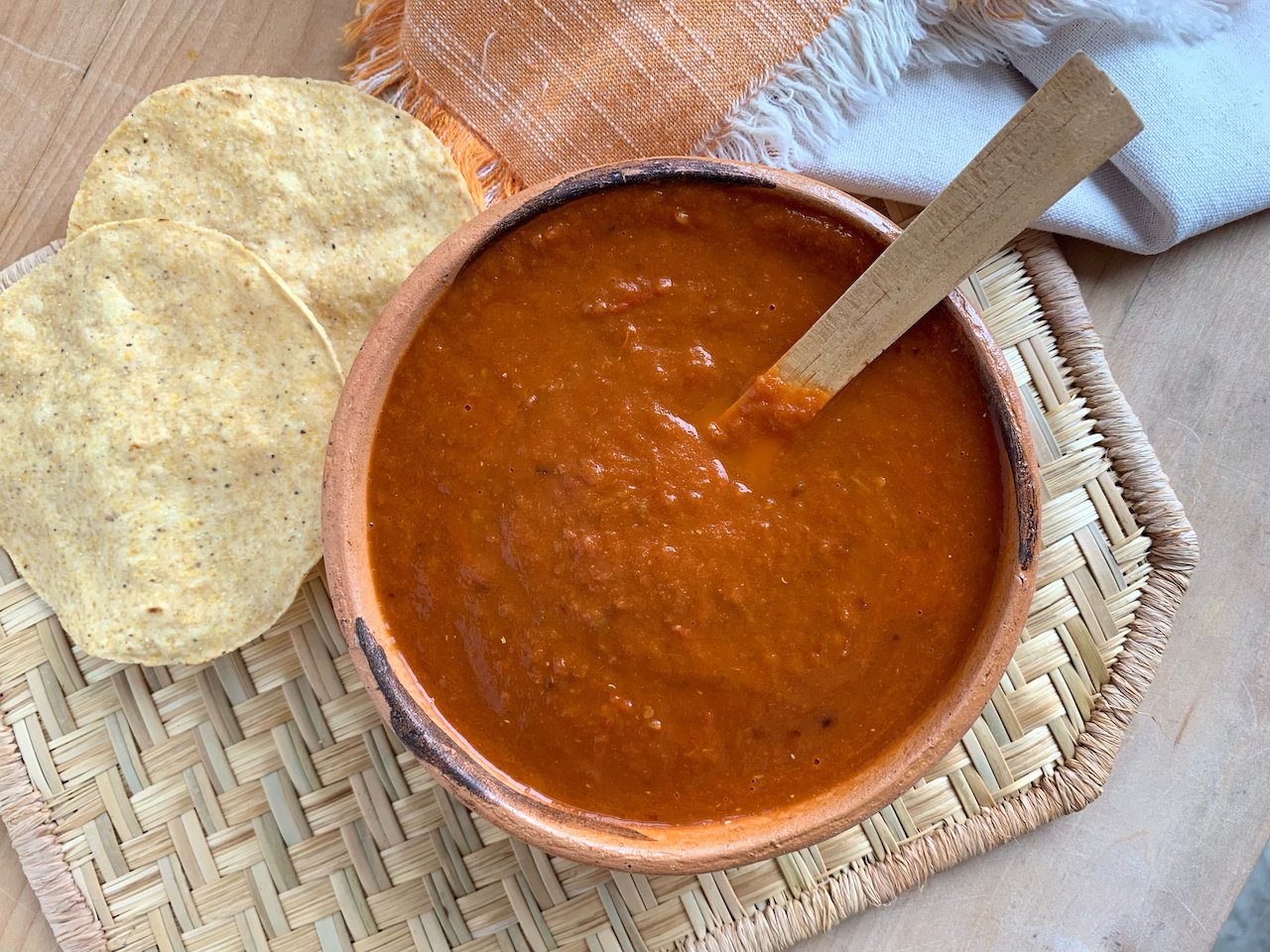During my last trip to Spain I traveled to a few places, I went from Madrid to Andalucía, then up to Galicia and finally Asturias. As a good traveler, I walked and walked - it is the best way to see places! Of course, when you put in so many steps, you build an appetite, so I also sampled a lot of delicious food along the way.
One of the things I love (and ate a lot of) is Empanadas, in all shapes and forms, and with all kinds of different fillings. Every region has its own specialty, but my favourite is the one made with tuna. Spain, and specifically the region of Galicia in the northwest has a thriving canned seafood business, so it stands to reason that the main ingredient of their version of empanadas is tuna.
In bakeries, coffee shops, restaurants and tapa bars you will see the large versions of this recipe - usually in square or rectangular form that they simply cut into squares. You can buy a piece and then enjoy as you walk or sit and people watch - my favourite pastime when I travel. Back at home, I prefer to make these in small form, for individual servings that look pretty but are just as delicious.
This recipe is inspired by those I sampled there. The dough is made with olive oil - it is a very elastic dough, easy to work with and very flavourful because of the oil. The filling is a classic sofrito of onions, peppers and tomatoes with the addition of tuna, hardboiled eggs and capers. If you happen to have leftover filling, it makes a great crostini topping.
I make the dough and let it rest, then I use my tortilla press to make the dough circles, it goes very fast this way. Of course, if you don’t have a press, you can simply use a rolling pin, but try not to use a lot of flour when you do, as it will make the dough tough.
Serve these Empanadillas as part of a Tapas spread, or have them with a salad for a great lunch or light dinner. They freeze extremely well, so go ahead and make a large batch!
EMPANADILLAS DE ATÚN
Tuna Empanadas
Dough:
1/2 cup extra virgin olive oil
2/3 -1 cup water
1/2 tsp kosher salt
3 cups all-purpose flour*
Filling:
2 Tbsp extra virgin olive oil
1 small onion, diced (3/4 cup)
1 small red bell pepper, diced (2/3 cup)
1 small green bell pepper, diced (2/3 cup)
1 garlic clove, minced
2 medium tomatoes, grated and skins discarded (1 cup)
1 tsp Pimentón de la Vera Dulce or paprika
¾ tsp kosher salt, or to taste
Freshly ground black pepper
1 Tbsp tomato paste
4 x 99g cans tuna in olive oil, drained and flaked
1/4 cup finely chopped parsley
2 hardboiled eggs, diced
¼ cup capers, chopped
Egg Wash:
1 large egg
1 Tbsp water
In a large bowl, whisk together the olive oil, 2/3 cups water, and salt. Gradually add the flour, stirring with a wooden spoon, until the dough comes together and no dry bits of flour remain. If dough is stiff, add a bit more water until your dough feels right (*see note). Scrape the dough onto a clean work surface and knead by hand until the dough is smooth and no longer sticks to your hands or the counter. Transfer the dough back into the bowl, cover, and let rest while preparing the filling.
In large frying pan, heat olive oil over medium heat. Add onion and bell peppers and cook, stirring occasionally, until soft, 5-6 minutes. Add garlic and tomatoes, pimentón de la Vera, salt, black pepper and tomato paste. Cook over medium heat until thick and most of the liquid has evaporated, 8-12 minutes.
Add the tuna, parsley, hardboiled eggs and capers and mix gently. Adjust seasonings and cool completely.
Preheat oven to 375°F. Line two baking sheets with parchment paper.
Divide the dough into 22 equal pieces and roll into balls. Working with one dough ball at a time, use your palms, a rolling pin or a tortilla press to press into a circle.
Place 2 Tbsp filling on one half of each dough round. Fold the dough over the filling and press the edges together. Press firmly with a fork or make a decorative edge.
Place empanadas on lined baking sheets and prick with a fork to let steam escape. In a small bowl, whisk the egg with water and brush empanadas with egg wash. Bake for 28-30 minutes, rotating halfway through, until golden brown underneath. Let cool on racks for a few minutes. You can serve warm or at room temperature.
* A note on the flour: I have tested this recipe using different brands of all purpose flours, and depending on which kind you use, you may need to add more water to get the texture of the dough right. If your dough is stiff with 2/3 cup of water, add more, a bit at a time, until your dough feels smooth and pliable. It is also important to let it rest so the dough can properly hydrate before you use it.
Makes 22.





















